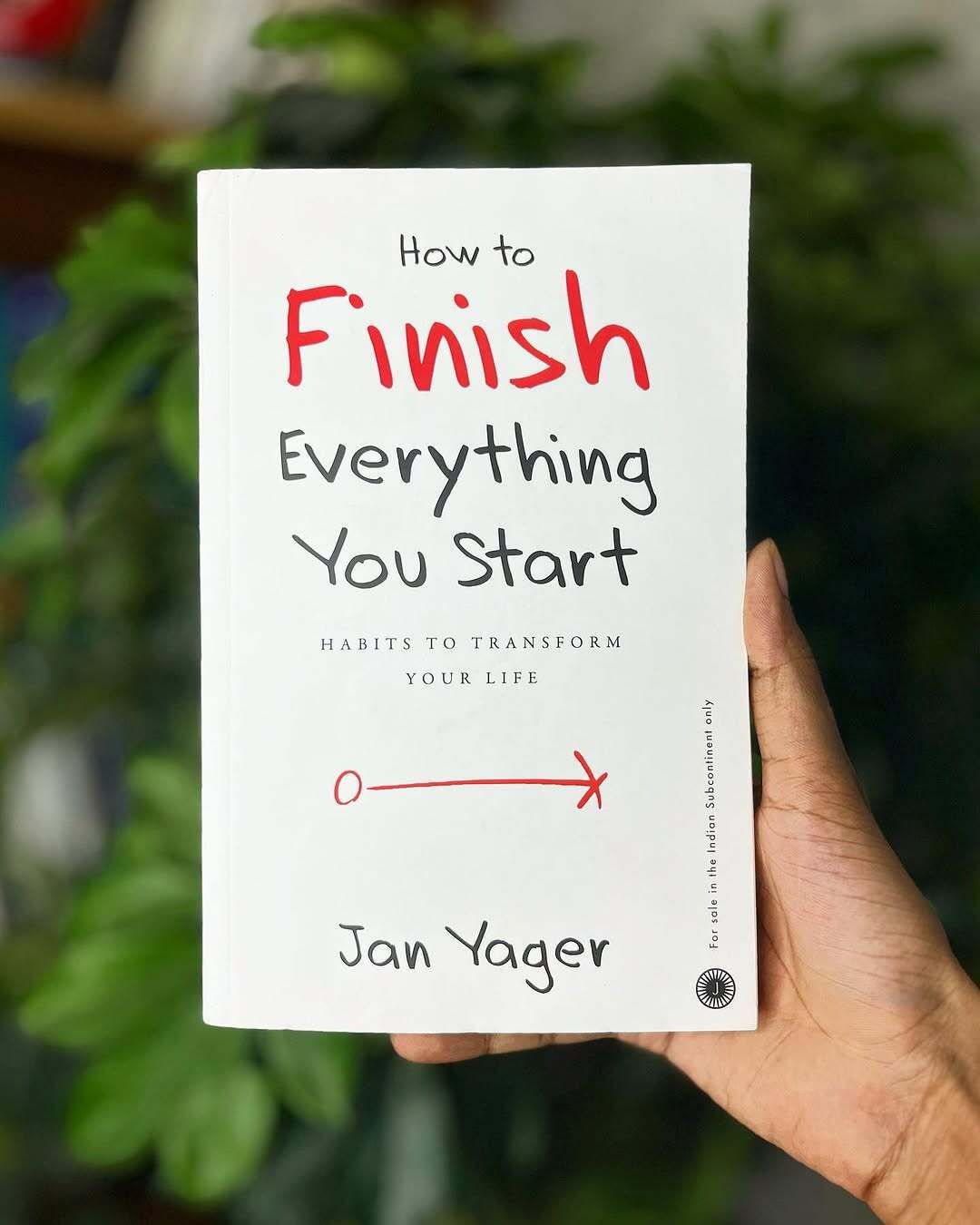- The Lean Letter
- Posts
- Why Less is More: The Art of Keeping Your Elevator Pitch Short and Sweet
Why Less is More: The Art of Keeping Your Elevator Pitch Short and Sweet

Hey Readers
Wishing you a happy SUNDAY!
Let’s kickstart this Sunday with our latest newsletter and a warm sip of coffee. ☕
1% BETTER MORNING
Why Less is More: The Art of Keeping Your Elevator Pitch Short and Sweet
Picture this — someone asks you to describe your startup in one sentence. Your natural reaction might be to dive deep into the history, the mission, and all the cool features of your product. But what if I told you that brevity is your secret weapon?
Less really is more when it comes to your elevator pitch. In today’s fast-paced world, no one has time for a lengthy explanation about your startup. You’ve only got a few seconds to grab their attention, so it’s important to make every word count.
Here’s the trick: focus on one key thing that makes your startup unique. It could be a breakthrough technology, a game-changing feature, or the size of your market opportunity. Your goal is to spark curiosity, not explain everything. The more concise and specific you are, the better.
Let’s break this down with an example:
Bad Pitch: “We are a tech startup working in the field of artificial intelligence to optimize business processes across multiple industries. Our platform integrates with CRM systems, automates workflows, and improves decision-making efficiency, which helps companies reduce overheads and increase productivity by 50%.”
Good Pitch: “Hi, I’m Ashish, founder of FlowAI. We help small businesses save 30% on operational costs by automating their routine tasks.”
The second pitch is clear, concise, and gives enough information to spark interest without overwhelming the listener with unnecessary details.
Your elevator pitch isn’t about telling the whole story — it’s about highlighting one thing that makes your startup exciting.
Action Points:
Trim your pitch to one to three sentences. What’s the most exciting thing about your startup?
Avoid jargon and unnecessary details. The simpler, the better.
Keep your audience in mind and focus on what they care about most.
WHAT I AM READING

How to Finish Everything You Start by Jan Yager
👉Today’s Takeaway: Ever feel like a task is dragging on forever? That might be because you haven’t clearly defined what "done" actually looks like. To avoid getting stuck in endless loops, set clear criteria for when it's time to call it finished. This way, you’ll know exactly when to wrap up and move on to the next thing.
YOUTUBE TREASURE
👉My Pick: How to Make $50k a Month
FOUNDER’S FEED
✅42 Indian Tech & Startup Predictions For 2025
✅Are Indian VCs Still Bullish On D2C Startups?
✅Most Startup Investors See IPO Mania Fuelling Reverse Flipping Trend In 2025